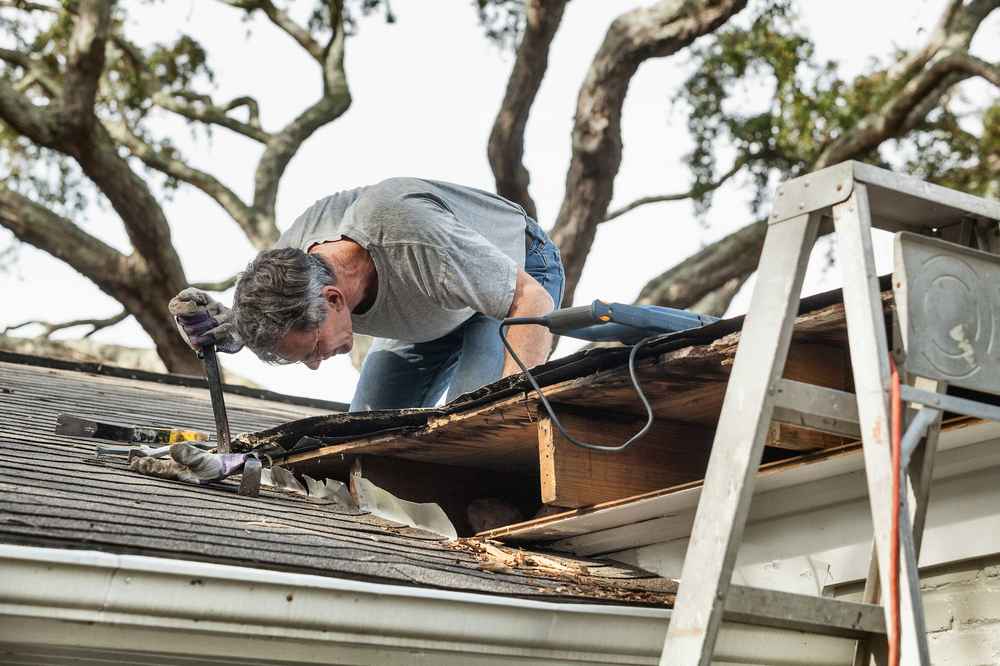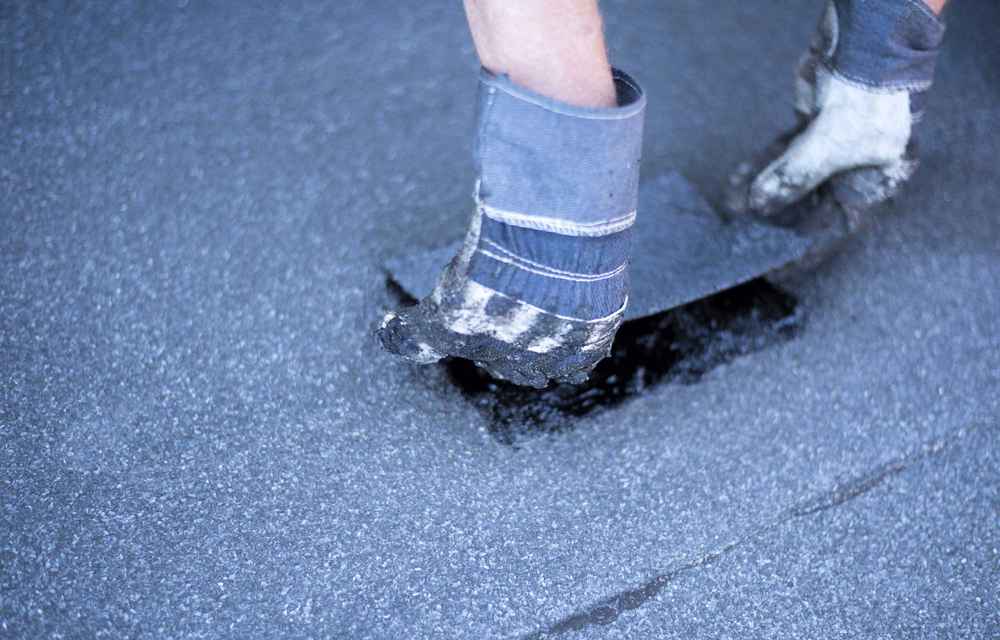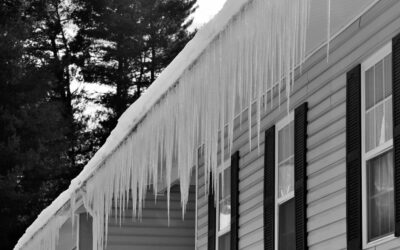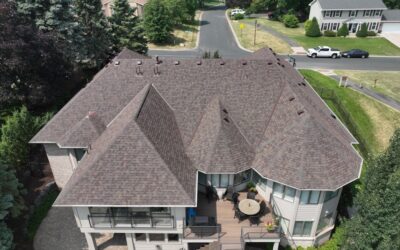Is Your Roof Ready for Another Minnesota Winter?
Every year, as the leaves start falling and temperatures dip in the Twin Cities, many homeowners wonder if their roof is really ready to handle what’s next. After all, snow, ice, hail, and storms are no joke, and neither are surprise leaks or last-minute repairs. That’s why using a roof inspection checklist every year is one of the smartest things you can do for your home.
A thorough annual roof inspection helps catch minor issues before they become expensive emergencies. It also gives you peace of mind knowing your roof is ready to protect your family through every season.
This guide will help you:
- Use a proven roofing inspection checklist built for Minnesota homes
- Spot early signs of damage or wear
- Know when to call for annual roof inspection services from a professional
Not sure what your roof needs before winter? Schedule a free estimate with Keystone Builders and get expert answers fast.
Why Annual Roof Inspections Matter in the Twin Cities
A roof inspection checklist might sound like something only contractors use, but it’s actually a powerful tool for homeowners, too. It’s like a routine physical for your roof, helping you catch early signs of damage and wear before they snowball into bigger problems.
Minnesota’s climate makes this even more important. Between freeze-thaw cycles, heavy snow, spring hail, and stormy summers, your roof faces serious stress all year long. Small cracks today could mean major water damage by spring. Ice dams can form quickly, and attic moisture or improper flashing can lead to mold, rot, and energy loss if left unchecked.
That’s why many local contractors recommend a roof inspection checklist at least twice per year, usually in the fall or spring, and again after severe weather events. With regular checkups, you’re not just protecting your roof. You’re protecting everything underneath it, too.
What to Do Before You Inspect Your Roof
Before you jump into your inspection or schedule annual roof inspection services, make sure you’re ready:
- Safety first: Use a sturdy ladder, wear non-slip shoes, and never climb a roof during or after rain or snow. Wait until your roof is dry.
- Know your limits: You can visually inspect from the ground or attic, but call a pro for anything risky or unclear.
- Gather tools: Camera or phone for photos, flashlight for attic, and gloves for checking insulation or clearing debris.
While homeowners can do basic inspections, professional roofing companies use advanced tools and training to check every layer. A pro inspection also includes documentation for insurance or warranty claims.
Your Annual Roof Inspection Checklist
1. Check Shingles and Surface Materials
Look for cracked, curled, missing, or granule-shedding shingles. These are often the first sign that your roof’s protective layer is breaking down.
2. Inspect Flashing Around Roof Penetrations
Examine the metal flashing around vents, chimneys, skylights, and dormers. Rust, cracks, or loose flashing means water can sneak in.
3. Scan Gutters and Downspouts
Clogged gutters lead to roof edge leaks and ice dams. Make sure your gutters are clear, attached properly, and draining water away from the house.
4. Look for Moss, Algae, or Mold
Green patches may look harmless, but they hold moisture and break down shingles over time. Clear them quickly and safely.
5. Examine the Attic and Ceilings
Use a flashlight to check for moisture, sagging insulation, or light coming through the roof deck. Water stains on interior ceilings? That’s a red flag.
6. Review Roof Edges and Valleys
The places where roof slopes meet are most prone to leaks. Make sure these areas are sealed, clear of debris, and show no signs of damage.
7. Look for Sagging or Soft Spots
If your roof deck is warping or sagging, it could mean water has compromised the structure underneath.
8. Check for Animal or Insect Activity
Bird nests, chewed insulation, or droppings can all be signs of wildlife damage that can worsen over time.
Why This Checklist Adds Real Value
Minnesota homeowners who use a proper roofing inspection checklist often catch issues that would’ve gone unnoticed until it was too late. That’s especially true for older roofs (15+ years) or those exposed to repeated snow and ice.
By scheduling annual roof inspection services, you can extend your roof’s lifespan, save on energy costs, and avoid costly repairs or insurance claims.
At Keystone Builders, our inspections go beyond the surface. We assess attic airflow, insulation, underlayment condition, and drainage, so you get a full picture of your roof’s health. We also give you honest advice. If a simple fix is all you need, that’s what we’ll recommend.
Benefits of Annual Roof Inspections:
- Helps maintain manufacturer warranty coverage
- Supports insurance documentation
- Prevents premature aging of materials
- Identifies safety hazards early
- Boosts home value and buyer confidence
Potential Risks of Skipping Your Inspection:
- Undetected leaks leading to mold or rot
- Ice dam damage and winter leaks
- Energy loss from poor ventilation or insulation gaps
- Hidden animal damage or pest entry points
- Missed hail or storm damage before deadlines
Quick Roof Maintenance Reference
Check these six areas during every annual inspection:
- Shingles (cracks, curling, granule loss)
- Flashing and seals (rust, looseness)
- Attic (moisture, mold, visible light)
- Wildlife signs (chewed insulation, nests)
- Moss or algae growth
- Roof sagging or soft spots
Twin Cities Roofing FAQs
How Often Should I Complete A Roof Inspection Checklist In Minnesota?
Twice a year is ideal, spring and fall. Plus, always inspect after major storms or snow melts.
What’s Included In Annual Roof Inspection Services?
A full inspection covers shingles, flashing, attic, insulation, ventilation, gutters, and structural signs of damage.
Can I Perform An Annual Roof Inspection Myself?
Yes, but only basic checks. For a full evaluation, it’s best to schedule with a licensed professional.
What Signs Mean I Need A New Roof Soon?
Missing shingles, sagging areas, or repeated leaks are all signs your roof may be nearing the end of its life.
Let’s Keep Your Roof Ready Year After Year
Minnesota weather doesn’t give your roof much of a break. That’s why using a trusted roof inspection checklist and scheduling annual roof inspection services is one of the smartest ways to protect your home.
Whether you’re prepping for winter, cleaning up after a storm, or just want peace of mind, Keystone Builders is here to help. We’ve worked on homes across the Twin Cities and know exactly what to look for in a region where roofs take a beating.
Schedule your free estimate today and let Keystone Builders handle your annual roof inspection with care and expertise.





